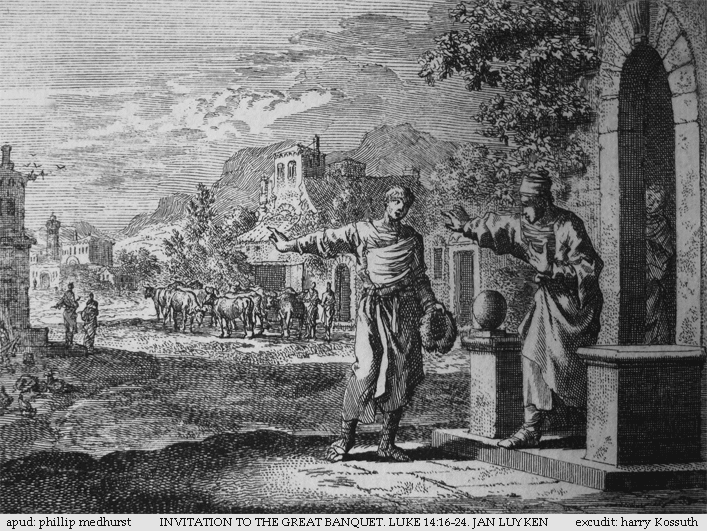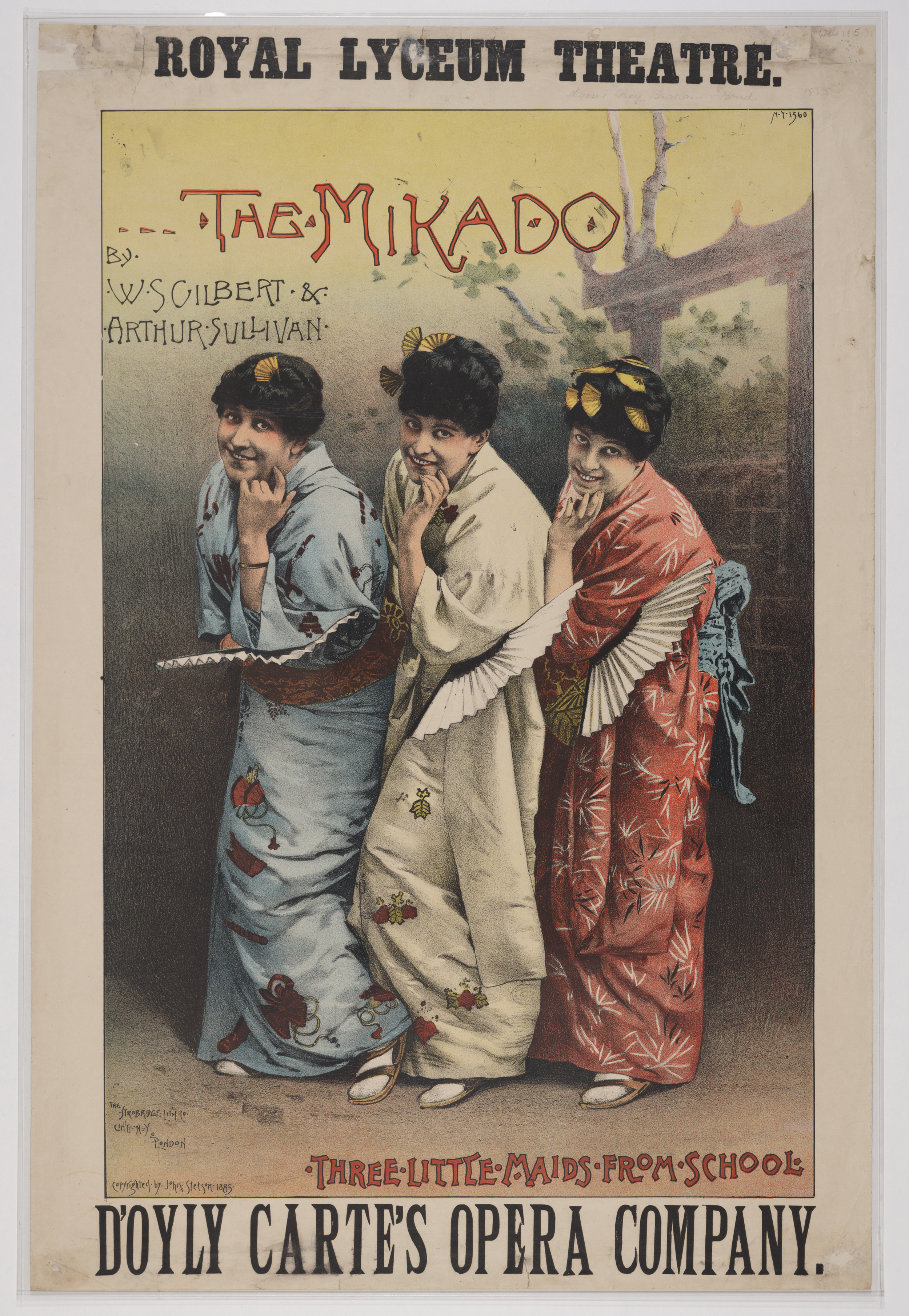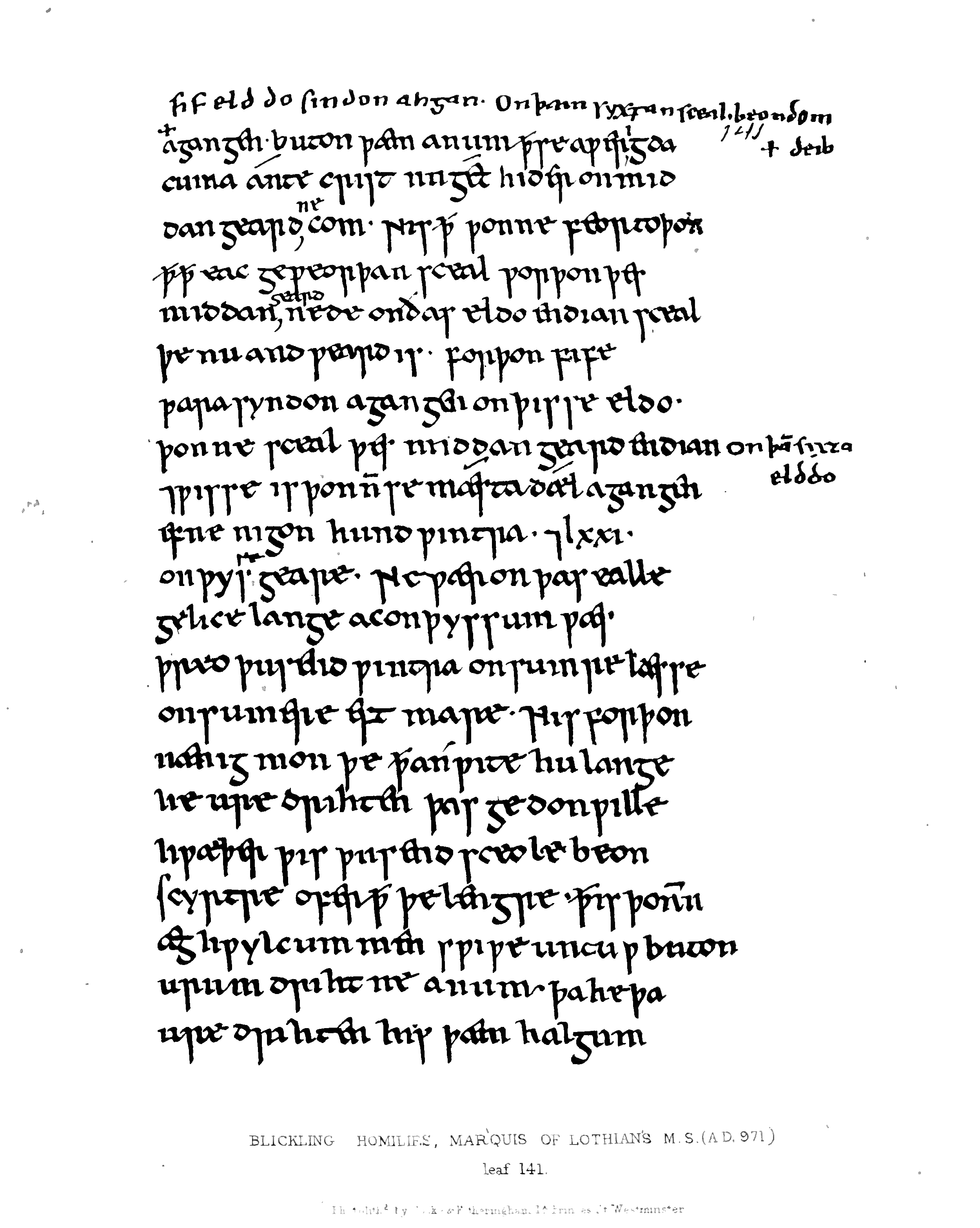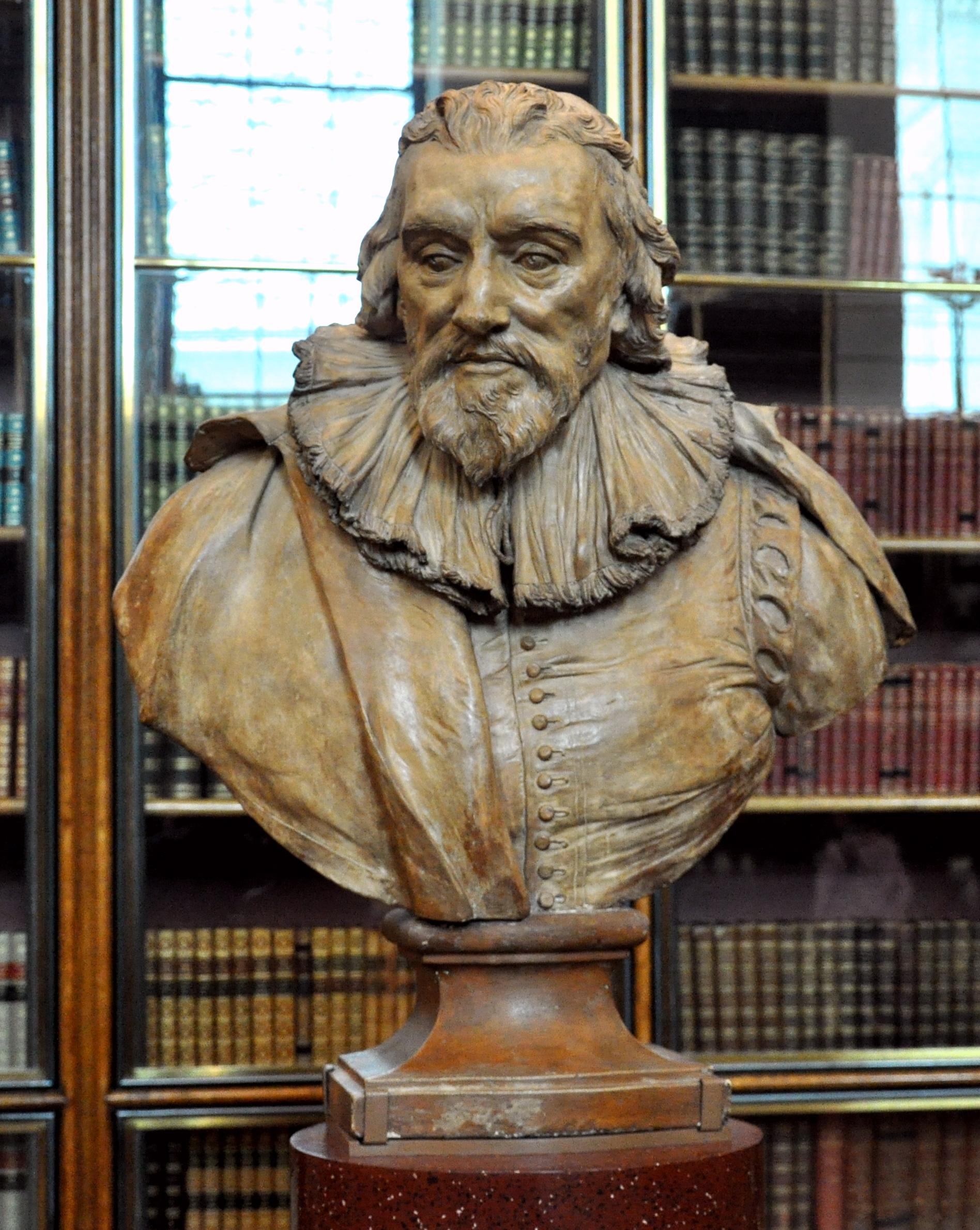|
Cleanness (poem)
''Cleanness'' ( Middle English: ''Clannesse'') is a Middle English alliterative poem written in the late 14th century. Its unknown author, designated the '' Pearl poet'' or '' Gawain poet'', also appears, on the basis of dialect and stylistic evidence, to be the author of '' Sir Gawain and the Green Knight'', '' Pearl'', and '' Patience'', and may have also composed '' St. Erkenwald''. The poem is found solely in the Pearl manuscript, '' Cotton Nero A x''. That manuscript also contains ''Pearl'', ''Patience'', and ''Sir Gawain and the Green Knight''. None of the poems has a title or divisions of chapters, but the breaks are marked by large initial letters of blue, and there are twelve illustrations (or illuminations) contained within the manuscript, depicting scenes from the four poems. Each of these poems is entirely unique to this one manuscript. ''Cleanness'' (which is an editorial title) is also known by the editorial title ''Purity''. The manuscript, Cotton Nero A.x is ... [...More Info...] [...Related Items...] OR: [Wikipedia] [Google] [Baidu] |
Gawain Poet
The "Gawain Poet" (), or less commonly the "Pearl Poet",Andrew, M. "Theories of Authorship" (1997) in Brewer (ed). ''A Companion to the Gawain-poet'', Boydell & Brewer, p.23 (''fl.'' late 14th century) is the name given to the author of ''Sir Gawain and the Green Knight'', an alliterative poem written in 14th-century Middle English. Its author appears also to have written the poems ''Pearl'', ''Patience'', and ''Cleanness''; some scholars suggest the author may also have composed '' Saint Erkenwald''. Save for the last (found in BL-MS ''Harley 2250''), all these works are known from a single surviving manuscript, the British Library holding ''Cotton Nero A.x''. This body of work includes some of the most highly-regarded poetry written in Middle English. The Gawain Poet is unidentified. Various scholars have suggested that the poem is attributable to a member of the landed Massey family of Cheshire, and in particular John Massey of Cotton. This is not widely accepted, however, ... [...More Info...] [...Related Items...] OR: [Wikipedia] [Google] [Baidu] |
Poem
Poetry (derived from the Greek ''poiesis'', "making"), also called verse, is a form of literature that uses aesthetic and often rhythmic qualities of language − such as phonaesthetics, sound symbolism, and metre − to evoke meanings in addition to, or in place of, a prosaic ostensible meaning. A poem is a literary composition, written by a poet, using this principle. Poetry has a long and varied history, evolving differentially across the globe. It dates back at least to prehistoric times with hunting poetry in Africa and to panegyric and elegiac court poetry of the empires of the Nile, Niger, and Volta River valleys. Some of the earliest written poetry in Africa occurs among the Pyramid Texts written during the 25th century BCE. The earliest surviving Western Asian epic poetry, the ''Epic of Gilgamesh'', was written in Sumerian. Early poems in the Eurasian continent evolved from folk songs such as the Chinese ''Shijing'', as well as religious hymns (the Sanskrit ' ... [...More Info...] [...Related Items...] OR: [Wikipedia] [Google] [Baidu] |
Parable Of The Great Banquet
The Parable of the Great Banquet or the Wedding Feast or the Marriage of the King's Son is a parable told by Jesus in the New Testament, found in and . It is not to be confused with a different Parable of the Wedding Feast recorded in Luke's Gospel. Narrative The version of the parable in the Gospel of Matthew is as follows: The version of in the Gospel of Luke is somewhat shorter, and refers only to a banquet rather than a wedding feast: The non-canonical Gospel of Thomas also includes the parable as saying 64; its version is quite close to Luke's, although ends slightly differently with a conclusion that "Buyers and traders illnot enter the places of my father." Interpretation The classical interpretation of Matthew's version of the parable is that the king is God; the king's son is Jesus himself; the original invited guests are the Jews; the king's servants who are attacked are God's prophets; and the new guests are the Gentiles and other "unworthy". The eschatologi ... [...More Info...] [...Related Items...] OR: [Wikipedia] [Google] [Baidu] |
Peroration
Dispositio is the system used for the organization of arguments in the context of Western classical rhetoric. The word is Latin, and can be translated as "organization" or "arrangement". It is the second of five canons of classical rhetoric (the first being inventio, and the remaining being elocutio, memoria, and pronuntiatio) that concern the crafting and delivery of speeches and writing. The first part of any rhetorical exercise was to discover the proper arguments to use, which was done by the formalized methods of ''inventio''. The next problem was to select various arguments and organize them into an effective discourse. Aristotle Aristotle defined two essential parts of a discourse: the statement of the case and the proof of the case. For example, in a legal argument, a prosecutor must first declare the charges against the defendant and provide the relevant facts; then he must present the evidence that proves guilt. Aristotle allowed that in practice most discourse als ... [...More Info...] [...Related Items...] OR: [Wikipedia] [Google] [Baidu] |
Alliteration
Alliteration is the conspicuous repetition of initial consonant sounds of nearby words in a phrase, often used as a literary device. A familiar example is "Peter Piper picked a peck of pickled peppers". Alliteration is used poetically in various languages around the world, including Arabic, Irish, German, Mongolian, Hungarian, American Sign Language, Somali, Finnish, Icelandic. Historical use The word ''alliteration'' comes from the Latin word ''littera'', meaning "letter of the alphabet". It was first coined in a Latin dialogue by the Italian humanist Giovanni Pontano in the 15th century. Alliteration is used in the alliterative verse of Old English, Old Norse, Old High German, Old Saxon, and Old Irish. It was an important ingredient of the Sanskrit shlokas. Alliteration was used in Old English given names. This is evidenced by the unbroken series of 9th century kings of Wessex named Æthelwulf, Æthelbald, Æthelberht, and Æthelred. These were followed in the 10th ... [...More Info...] [...Related Items...] OR: [Wikipedia] [Google] [Baidu] |
Belshazzar
Belshazzar (Babylonian cuneiform: ''Bēl-šar-uṣur'', meaning " Bel, protect the king"; ''Bēlšaʾṣṣar'') was the son and crown prince of Nabonidus (556–539 BC), the last king of the Neo-Babylonian Empire. Through his mother he might have been a grandson of Nebuchadnezzar II (605–562 BC), though this is not certain and the claims to kinship with Nebuchadnezzar may have originated from royal propaganda. Belshazzar played a pivotal role in the ''coup d'état'' that overthrew the king Labashi-Marduk (556 BC) and brought Nabonidus to power in 556 BC. Since Belshazzar was the main beneficiary of the coup, through confiscating and inheriting Labashi-Marduk's estates and wealth, it is likely that he was the chief orchestrator. Through proclaiming his father as the new king, Belshazzar also made himself the first-in-line to the throne. As Nabonidus was relatively old at the time, Belshazzar could expect to become king within a few years. Nabonidus was absent from Babylon fr ... [...More Info...] [...Related Items...] OR: [Wikipedia] [Google] [Baidu] |
Sodom And Gomorrah
Sodom and Gomorrah () were two legendary biblical cities destroyed by God for their wickedness. Their story parallels the Genesis flood narrative in its theme of God's anger provoked by man's sin (see Genesis 19:1–28). They are mentioned frequently in the prophets and the New Testament as symbols of human wickedness and divine retribution, and the Quran also contains a version of the story about the two cities. The legend of their destruction may have originated as an attempt to explain the remains of third-millennium Bronze Age cities in the region, and subsequent Late Bronze Age collapse. Etymology The etymology of the names ''Sodom'' and ''Gomorrah'' is uncertain, and scholars disagree about them. They are known in Hebrew as hbo, , Səḏōm, label=none and hbo, , 'Ămōrā, label=none. In the Septuagint, these became grc, Σόδομα, Sódoma, label=none and grc, Γόμορρᾰ, Gómorrha, label=none; the Hebrew ghayn was absorbed by ayin sometime after the Septuagin ... [...More Info...] [...Related Items...] OR: [Wikipedia] [Google] [Baidu] |
Flood
A flood is an overflow of water ( or rarely other fluids) that submerges land that is usually dry. In the sense of "flowing water", the word may also be applied to the inflow of the tide. Floods are an area of study of the discipline hydrology and are of significant concern in agriculture, civil engineering and public health. Human changes to the environment often increase the intensity and frequency of flooding, for example land use changes such as deforestation and removal of wetlands, changes in waterway course or flood controls such as with levees, and larger environmental issues such as climate change and sea level rise. In particular climate change's increased rainfall and extreme weather events increases the severity of other causes for flooding, resulting in more intense floods and increased flood risk. Flooding may occur as an overflow of water from water bodies, such as a river, lake, or ocean, in which the water overtops or breaks levees, resulting ... [...More Info...] [...Related Items...] OR: [Wikipedia] [Google] [Baidu] |
Bible
The Bible (from Koine Greek , , 'the books') is a collection of religious texts or scriptures that are held to be sacred in Christianity, Judaism, Samaritanism, and many other religions. The Bible is an anthologya compilation of texts of a variety of forms originally written in Hebrew, Aramaic, and Koine Greek. These texts include instructions, stories, poetry, and prophecies, among other genres. The collection of materials that are accepted as part of the Bible by a particular religious tradition or community is called a biblical canon. Believers in the Bible generally consider it to be a product of divine inspiration, but the way they understand what that means and interpret the text can vary. The religious texts were compiled by different religious communities into various official collections. The earliest contained the first five books of the Bible. It is called the Torah in Hebrew and the Pentateuch (meaning ''five books'') in Greek; the second oldest part was a coll ... [...More Info...] [...Related Items...] OR: [Wikipedia] [Google] [Baidu] |
Early English Text Society
The Early English Text Society (EETS) is a text publication society founded in 1864 which is dedicated to the editing and publication of early English texts, especially those only available in manuscript. Most of its volumes contain editions of Middle English or Old English texts. It is known for being the first to print many important English manuscripts, including Cotton Nero A.x, which contains ''Pearl'', ''Sir Gawain and the Green Knight'', and other poems. History The Society was founded in England in 1864 by Frederick James Furnivall. Its stated goal was "on the one hand, to print all that is most valuable of the yet unprinted in English, and, on the other, to re-edit and reprint all that is most valuable in printed English books, which from their scarcity or price are not within the reach of the student of moderate means." As of 2020, the Society had published 354 volumes in its Original Series; 126 volumes in its Extra Series, published between 1867 and 1935, comprisi ... [...More Info...] [...Related Items...] OR: [Wikipedia] [Google] [Baidu] |
British Library
The British Library is the national library of the United Kingdom and is one of the largest libraries in the world. It is estimated to contain between 170 and 200 million items from many countries. As a legal deposit library, the British Library receives copies of all books produced in the United Kingdom and Ireland, including a significant proportion of overseas titles distributed in the UK. The Library is a non-departmental public body sponsored by the Department for Digital, Culture, Media and Sport. The British Library is a major research library, with items in many languages and in many formats, both print and digital: books, manuscripts, journals, newspapers, magazines, sound and music recordings, videos, play-scripts, patents, databases, maps, stamps, prints, drawings. The Library's collections include around 14 million books, along with substantial holdings of manuscripts and items dating as far back as 2000 BC. The library maintains a programme for content acquis ... [...More Info...] [...Related Items...] OR: [Wikipedia] [Google] [Baidu] |
Robert Bruce Cotton
Sir Robert Bruce Cotton, 1st Baronet (22 January 1570/71 – 6 May 1631) of Conington Hall in the parish of Conington in Huntingdonshire, England,Kyle, Chris & Sgroi was a Member of Parliament and an antiquarian who founded the Cotton library. Origins He was born on 22 January 1571 in Denton, Huntingdonshire, the son and heir of Thomas Cotton (1544–1592) of Conington (son of Thomas Cotton of Conington Sheriff of Huntingdonshire in 1547) by his first wife Elizabeth Shirley, a daughter of Francis Shirley of Staunton Harold in Leicestershire. The Cotton family originated at the manor of Cotton, Cheshire, from which they took their surname. Education Cotton was educated at Westminster School where he was a pupil of the antiquarian William Camden, under whose influence he began to study antiquarian topics. He began collecting rare manuscripts as well as collecting notes on the history of Huntingdonshire when he was seventeen. He proceeded to Jesus College, Cambridge, where he ... [...More Info...] [...Related Items...] OR: [Wikipedia] [Google] [Baidu] |

.jpg)





.jpg)


